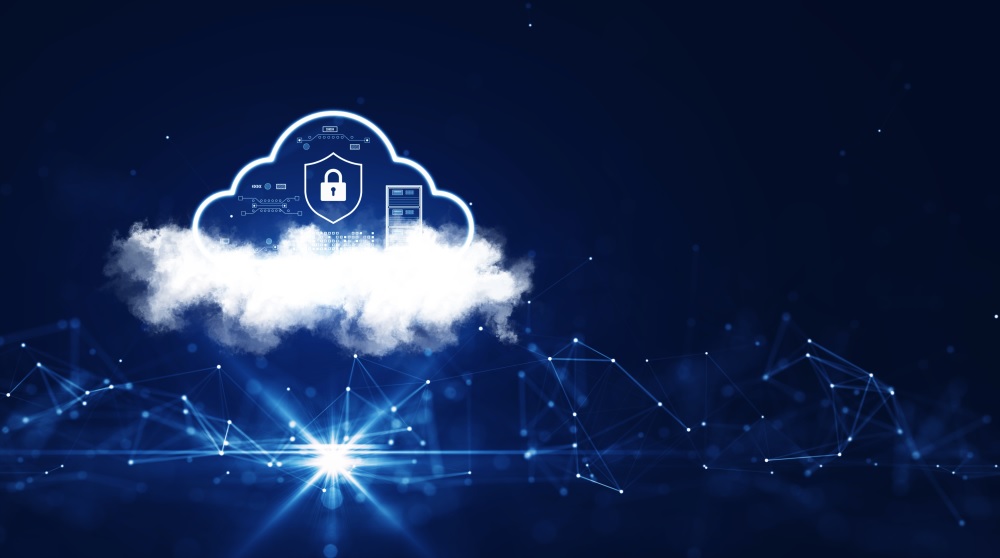The Internet of Things (IoT) has arisen as a revolutionary technology in our ever more interconnected world. The interconnection of devices, data, and applications afforded by IoT platforms encourages innovation across industries. However, the need for effective security measures becomes more critical as IoT advances and spreads. As IoT advances and spreads, the need for effective security measures becomes more critical. In this evaluation, we will look at the security issues presented by IoT, the significance of data confirmation, and the embraced strategies for shielding sensitive data. This article will teach you how to properly secure your IoT platform, whether you are an IoT platform developer, product manager, IT security specialist, or anybody involved in building or managing IoT solutions.
Understanding IoT Security Challenges
IoT platforms confront unique security problems that distinguish them apart from traditional systems. The expansion of many device kinds, from smart thermostats to industrial sensors, presents a massive attack surface. Furthermore, the inherent weaknesses in IoT networks, along with the availability of sensitive data, exacerbate these issues.
Potential Consequences of Inadequate IoT Security
Lacking IoT security can have heartbreaking repercussions. Now and again, information breaks can bring about serious monetary misfortunes, reputational harm, and, surprisingly, substantial injury. Think about the results of unapproved admittance to a shrewd home security framework or a clinical Web of Things gadget. The potential dangers range from attacks of security to perilous circumstances.
The Importance of Data Protection in IoT
The lifeblood of IoT applications is data. IoT devices create and analyse sensitive data, whether it's personal, industrial, or healthcare-related. This information is priceless, and if not properly safeguarded, it poses significant hazards.
Value of Sensitive Data
Data in IoT is about more than simply convenience; it is also about strategic benefit. It can lead to better decisions, cost savings, and better customer experiences for organisations. Individuals may benefit from increased security, greater health monitoring, and energy efficiency. Recognising the value of this data emphasises the need of protecting it.
Implementing Robust Authentication and Authorization
A secure IoT platform requires robust authentication techniques for IoT devices and users. You may limit the risk of unauthorised access and data breaches by establishing strong authentication and authorization practises.
Access Controls and User Permissions
Managing access controls and user permissions is a critical aspect of IoT security. It involves determining who has access to what data or device and under what conditions. The principle of least privilege should be adopted, ensuring that users only have the minimum permissions necessary to perform their tasks.
Securing Data Transmission and Communication
Data transmission in IoT environments is a key area of vulnerability. Ensuring data is securely transmitted between devices and cloud platforms is essential to prevent eavesdropping and tampering.
Encryption Protocols
TLS (Transport Layer Security) encryption technologies guarantee that data is encrypted during transmission. This prohibits unauthorised individuals from intercepting and decoding sensitive data as it passes across the network.
IoT Device Security and Firmware Updates
Securing IoT devices from physical tampering and unauthorized access is crucial. It's also essential to recognize the significance of regular firmware updates for addressing security vulnerabilities.
Physical Security
To protect IoT devices from physical tampering, it is advisable to implement secure enclosures and tamper-evident seals. Physical security measures can deter attackers from attempting to manipulate devices directly.
Firmware Updates
Firmware updates are not just about introducing new features; they also patch security vulnerabilities. Regular updates are essential to address known vulnerabilities and maintain the security of IoT devices.
Data Privacy and Compliance
GDPR (General Data Protection Regulation) and CCPA (California Consumer Privacy Act) data privacy standards are critical issues for IoT data collection and storage. Violations might result in significant fines, thus compliance is non-negotiable.
Data Privacy Regulations
Understanding and complying with data privacy regulations are imperative for IoT platforms. These regulations dictate how data should be collected, processed, and stored while safeguarding individual privacy.
Conducting Regular Security Audits and Penetration Testing
Periodic security audits and penetration testing are proactive measures to identify and rectify vulnerabilities in IoT platforms.
Security Audits
Security audits involve assessing the security of the entire IoT ecosystem. Regular audits can help detect vulnerabilities and weaknesses in the system before they are exploited by malicious actors.
Penetration Testing
Penetration testing simulates cyberattacks to evaluate the system's resilience against potential threats. It allows you to understand how well your security measures withstand real-world attacks.
Educating Users and Employees on IoT Security
User awareness and education are vital components of IoT security. It's not just about securing the technology but also ensuring that those using it are informed and cautious.
User Awareness
Users must understand the importance of adhering to security best practices. This includes setting strong passwords, updating devices, and being cautious about the data they share.
Employee Training
For businesses and organizations, training employees involved in managing IoT platforms is essential. Employees should be equipped to detect and mitigate security risks, thereby reducing the likelihood of data breaches.
Real-World Examples and Case Studies
Example 1: Smart Home Security
Consider a smart home security system. Inadequate security measures could allow a malicious actor to access live camera feeds or control door locks, posing a severe breach of privacy and security. Implementing strong authentication, encryption, and physical security measures is crucial in this context.
Example 2: Industrial IoT
In the industrial sector, IoT devices monitor critical systems. A breach in this environment could lead to equipment failure or even environmental disasters. Regular security audits and penetration testing are essential to safeguard against such catastrophic scenarios.
Conclusion: Ensuring the Future Security of IoT
Securing IoT systems and sensitive data is a constant commitment, not a one-time problem. The stakes are huge, and insufficient security can have disastrous effects. You can safeguard your IoT platform and the important data it controls by recognising the specific security difficulties of IoT, emphasizing the necessity of data protection, and deploying rigorous security solutions.
In the rapidly evolving world of IoT, partnering with an experienced IoT app development company is key. They can provide expert app development services to ensure that your IoT apps are built with security in mind from the ground up. Embracing these best practices and drawing insights from real-world case studies will help you navigate the dynamic landscape of IoT security and safeguard your data effectively.
Don't wait; take the first step towards safeguarding your IoT applications at the present time. To get the drawn out insurance of your delicate information, download our exhaustive security agenda (connect to-agenda). Recall that in the realm of IoT, security is definitely not a decision; it is a need. Your commitment to IoT security will shape the future of your applications as well as the security of the information they handle.






























